

Apart from its different applications, nanotechnology is starting to be used for the advantage of the military-industrial complex. It gives rise to the possibility of terribly effective and devastating new weapons.
Owing to graphene and nanotechnology, rifles of all varieties can be developed. After being used in electronics, energy, and many other industries where graphene research is making an impact is substantial, these paved the way for applying graphene innovation in the defense industry.
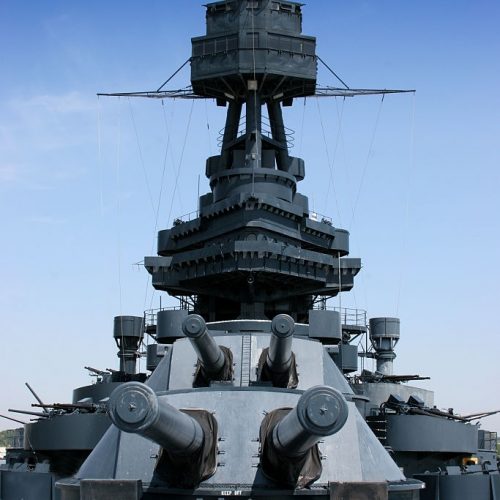
Though graphene has a relatively small production volume and high-priced values, various companies have begun using graphene in their products. While prices are predicted to drop soon, enabling more and more products to use graphene-based materials, mass production is expected to increase.
On the other hand, graphene shows a remarkable opportunity for the military. Apart from its advantage of enhanced survivability or force protection and battery storage, it also offers comfortability as it reduces the weight of helmets, shields, etc. Below are some of the benefits of graphene military protection:
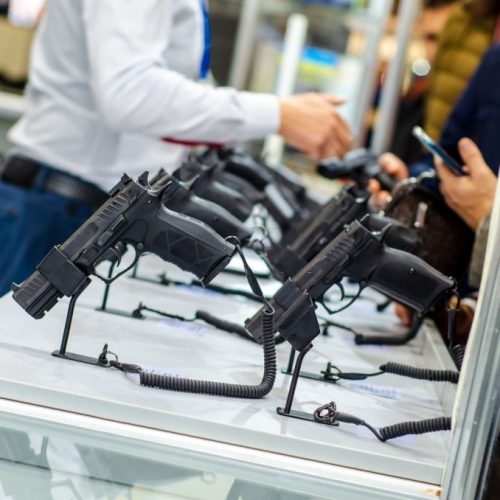
With graphene's lightness and durability, it has been considered a potentially useful combination for ballistic defense.
Graphene has considerable efficacy in the area of personal bullet safety technology. According to research and tests conducted in Spain, graphene has vastly improved the original composite material’s mechanical properties.
Nanomaterials-powered smart sensor technologies are being developed to enhance strategic intelligence collection by battlefield soldiers. Biological and chemical nanosensors may be utilised to detect hazardous and toxic materials and biological agents. They can also be used as damage monitoring systems-physical nanosensors can detect fractures in military equipment.
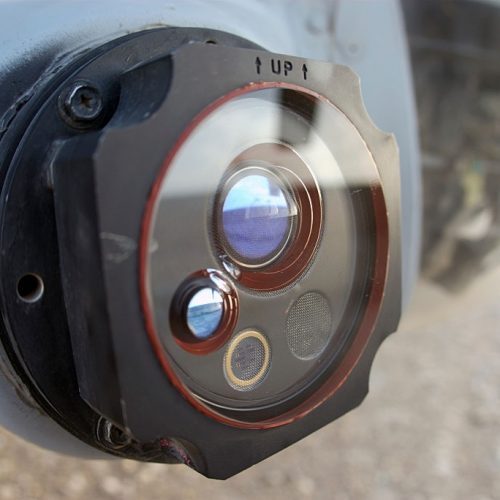
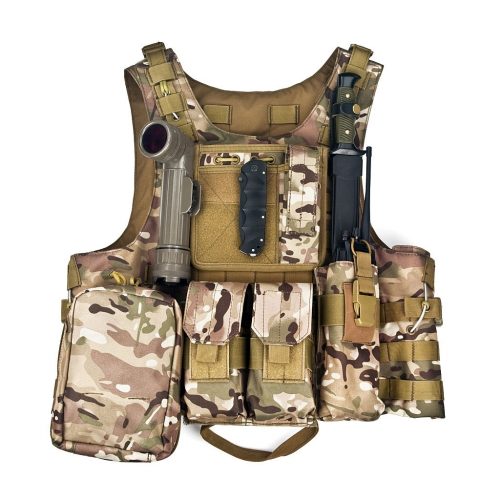
With its use in biological research, it is certainly plausible that a kind of implantable graphene could be developed for soldiers and armed guards.
Graphene is indeed a transformative breakthrough that could open up new opportunities and even replace outdated technologies. When graphene is used for both the enhancement of the current material and in a transformational capability, its whole essence can be realised.
The tight cross section of graphene has incredibly short 0.142nm atom bonds. Despite this, it is 200 times stronger than steel. With an extreme elasticity of 130 GPa, graphene stays the most grounded material. Graphene remains exceptionally light at 0.77 mg/m2, which is about multiple times lighter than 1 m2 of paper. It is regularly said that a solitary sheet of graphene, while being just 1 particle thick, large enough to cover an entire football field would weigh under 1g.
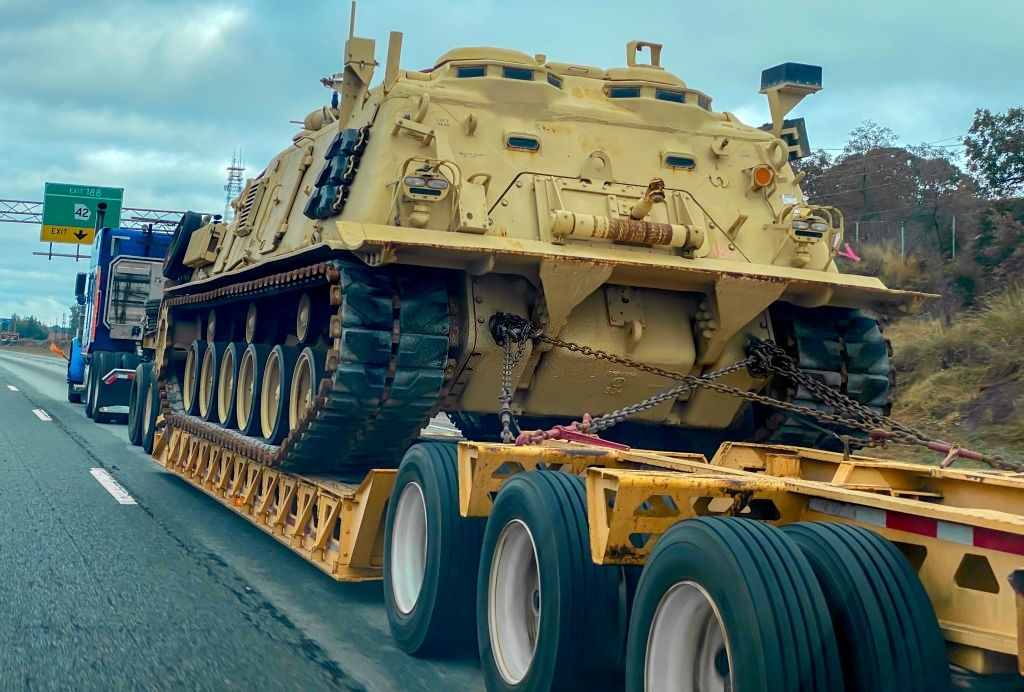
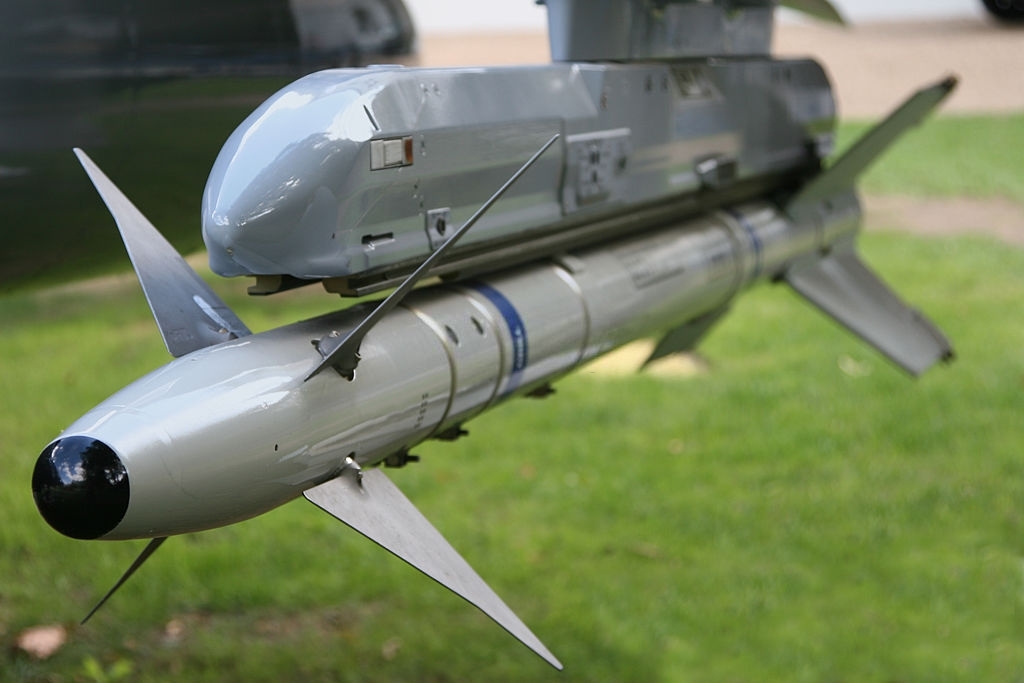
Moreover, graphene contains versatile properties, having the ability to hold its underlying size after stretching. Last decade, experts conducted atomic force microscopic (or AFM nanoindentation) tests for graphene membranes. This involved the material being concentrated over silicone dioxide holes.
These tests showed that graphene sheets, with a thickness in the range of 2 and 8 nanometres, had spring constants in the district of 1–5 n/m. Not only that, it showed results of Young’s modulus with 0.5 terrapascal. As of late, graphene’s in-plane Young’s modulus was estimated to be more than 1.0 TPa, still utilising AFM nanoindentation.
The softness and strength of graphene is believed to be a solid match for ballistic security. For military applications, light covered material accommodates better versatility and can be expanded to reach a similar degree of security. Analysts from the University of Massachusetts in Amherst considered the way graphene retains active energy and found that it may be productive in preventing projectiles. They developed a small ballistics test utilising a laser beat to superheat gold fibres until they disintegrated, which produced explosives discharging a micrometre-sized glass projectile. The specialists tried at sway speeds of 6,000 m/s and 9,000 m/s into sheets of graphene that went through 30 to 300 layers.
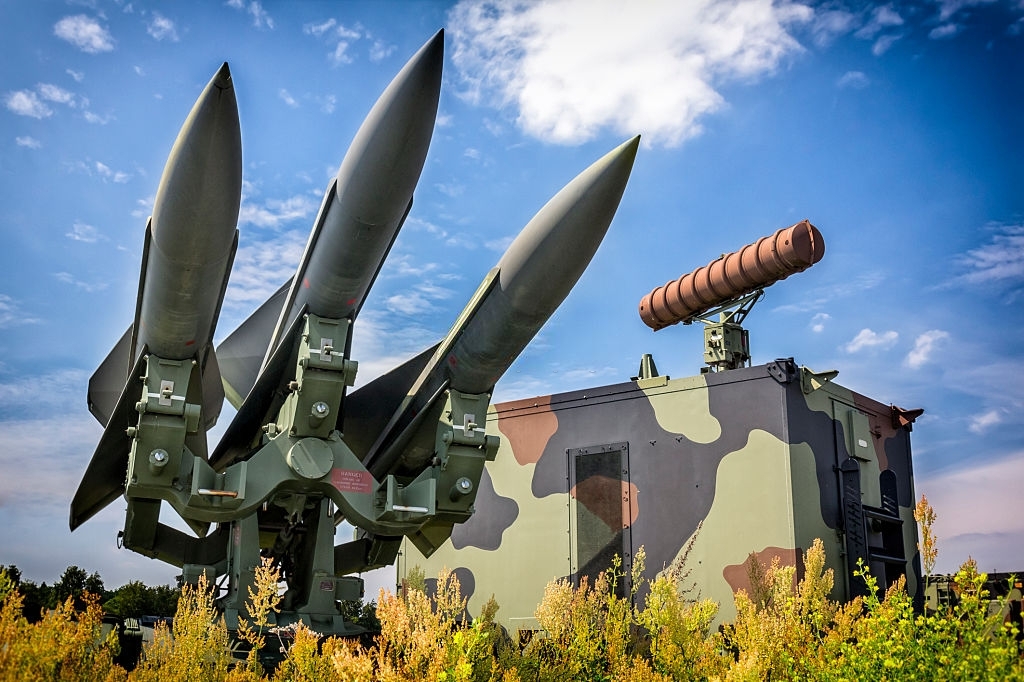
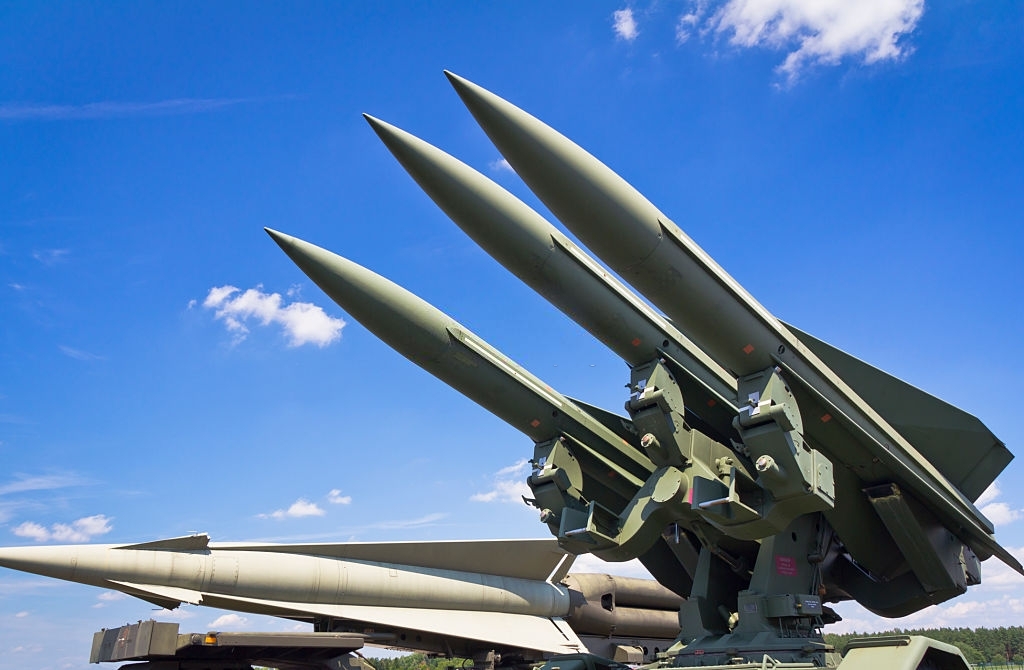
The researchers found that graphene sheets scattered the dynamic energy by extending into a cone shape at the projectile’s effect point, breaking outward radially.
Graphene shows great potential for the military in the regions of survivability and power assurance. The two fields can observe expanded execution for a similar weight or diminished load for a similar presentation.
Fill the form below: